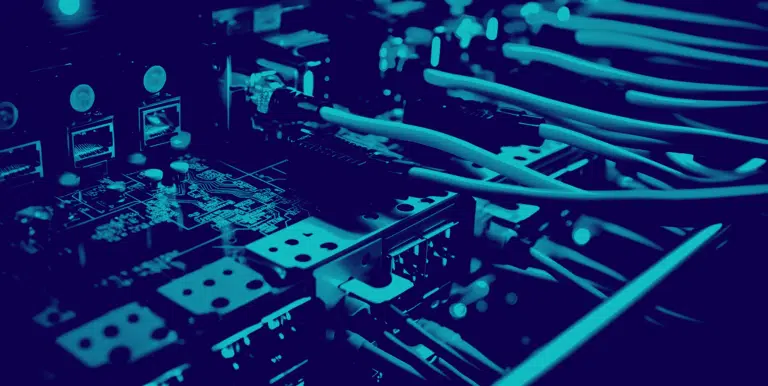What keeps network security engineers up at night, and how can they get a decent night’s sleep?
Day to day, I speak to a lot of network security engineers as part of my work, and I’ve nothing but the highest respect for what they do. Constantly on the pulse of the latest in cybersecurity, they’re the go-to gurus for all things network security for businesses of all sizes. They act as the patch police, fortifying systems with timely updates and solving cybersecurity mysteries with deduction skills worthy of Holmes. They speak the complex language of networks and systems and can coax servers and routers into revealing their deepest secrets. It’s a busy, high-pressure job with a lot of responsibility, where people only notice what you do if something goes wrong.
Honestly, I don’t envy them.
What Makes a Network Security Engineer’s Life Easier?
The network security engineers I speak to face a ton of critical concerns as a part of their day-to-day work, enough to keep anyone up at night, each linked to key, highly valued professional outcomes.
However, addressing these concerns effectively can lead to career progression, bonuses, and overall improved cybersecurity outcomes for their organizations—and honestly, that’s what pays the bills and keeps their CISOs happy.
- Reducing Maintenance Time: One of their biggest concerns is the time and resources spent on maintaining security infrastructure like firewalls, VPNs, VLANs, and security protocols. A solution that automates and streamlines these processes can massively cut down on the time and the costs involved, directly impacting the efficiency and effectiveness of their work.
- Efficient Vulnerability Analysis: Quickly identifying vulnerabilities and their root causes is essential. A system that provides deep visibility, insightful analytics, and contextual understanding of network behaviors is a serious boon. This enhances the security framework and supports them in building strong business cases for security investment.
- Effective Prevention and Recovery from Attacks: Fast and effective response to cyberattacks is a part of the job description. A solution that offers microsegmentation reduces the attack surface and contains breaches far more effectively. Continuous, real-time monitoring and enforcement lowers the time to detect and respond to threats, plus integration with advanced threat detection tools like Crowdstrike and SentinelOne boosts overall security posture. Having a thorough record of all events helps in forensics and threat hunting, adding precious time to recovery and response.
- Cost Reduction and Risk Mitigation: Implementing microsegmentation can lead to reduced cyber insurance premiums, a direct cost-saving. They can significantly mitigate risks and cut costs by minimizing the impact of data breaches (reducing the blast radius) and reducing outages and downtime. Improved configuration management also plays a key role in maintaining an accurate and granular overview of the network’s security status.
Getting a Decent Night’s Sleep
One of the many things I’ve realized in my conversations with network security professionals is that a comprehensive security solution, that addresses all these areas, can offer massive peace of mind, a restful night, and be a huge help in achieving their wish list.
It gives them the tools to maximize their performance, supports career progression by giving visible results, and improves vulnerability analysis and effective cyberattack mitigation. It helps in realizing cost savings and risk reduction, leading to yearly bonuses and rock-star recognition in their organizations. It makes life easier, with minimal spending and solid ROI, you can take to the c-Suite. It’s peace of mind—because the job is high-pressure enough. What’s not to love?
If you’d like to know more about how TrueFort can help, I’ll be at Black Hat Europe at ExCeL in London from December 4th to 7th, 2023 (booth 633)—just ask for Max. Book a chat slot, come and say hi, and let’s talk about what you need (to get a decent night’s sleep).





